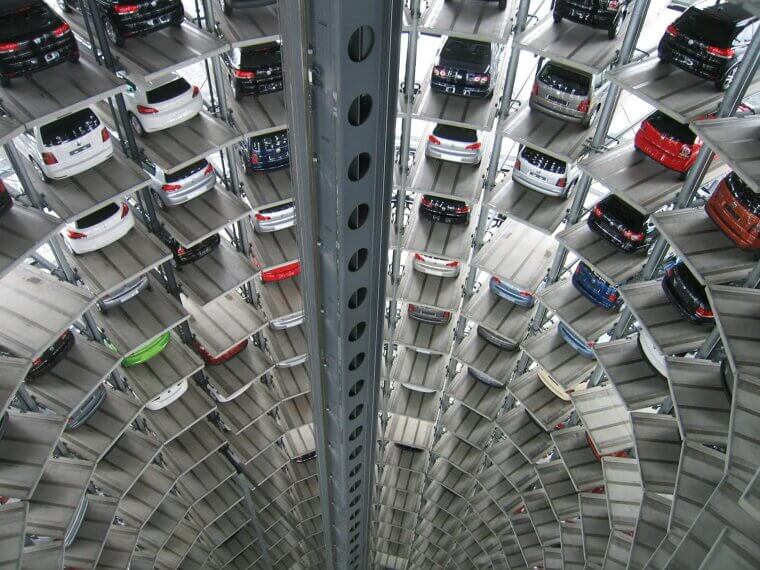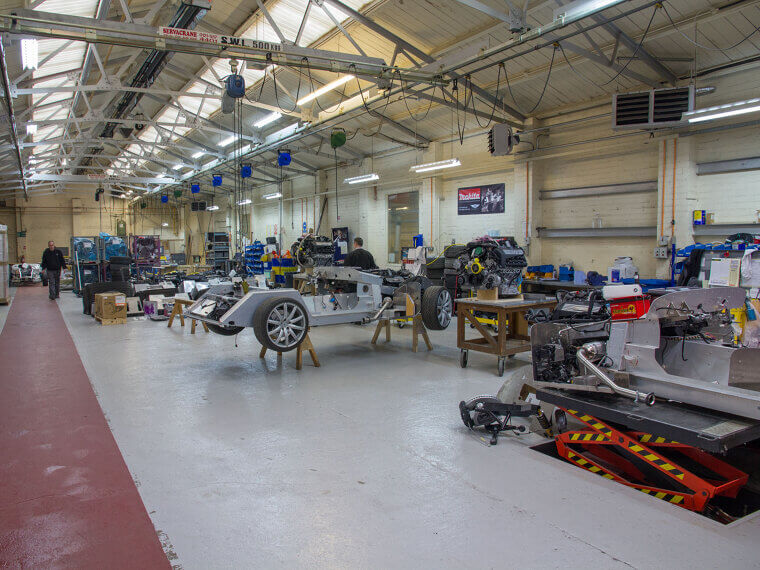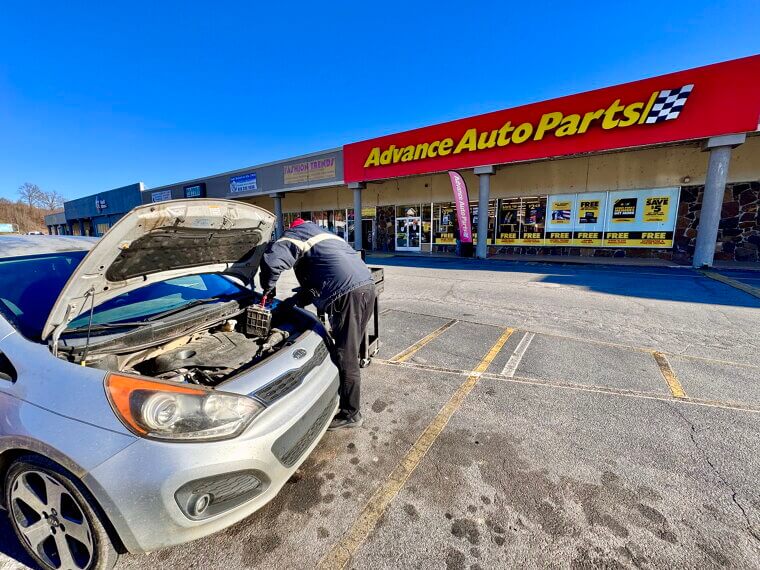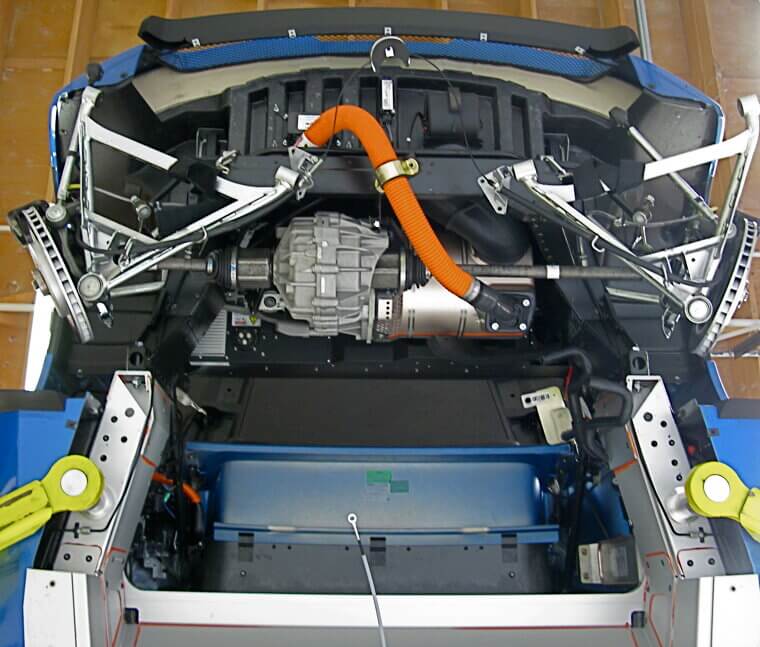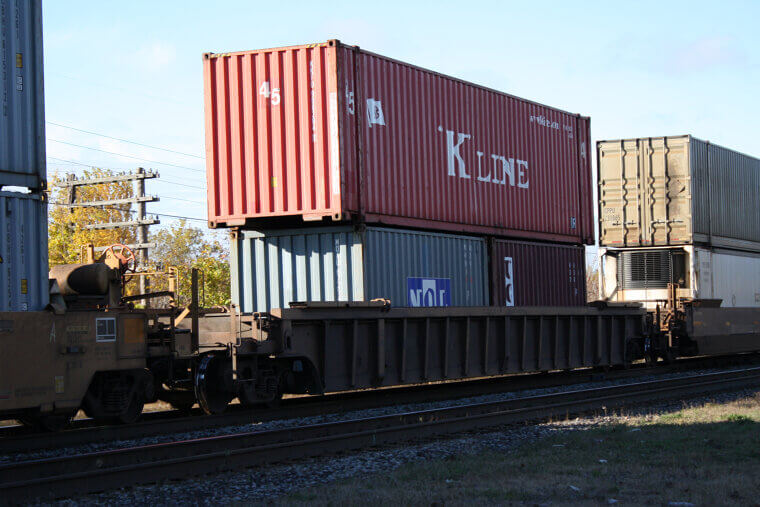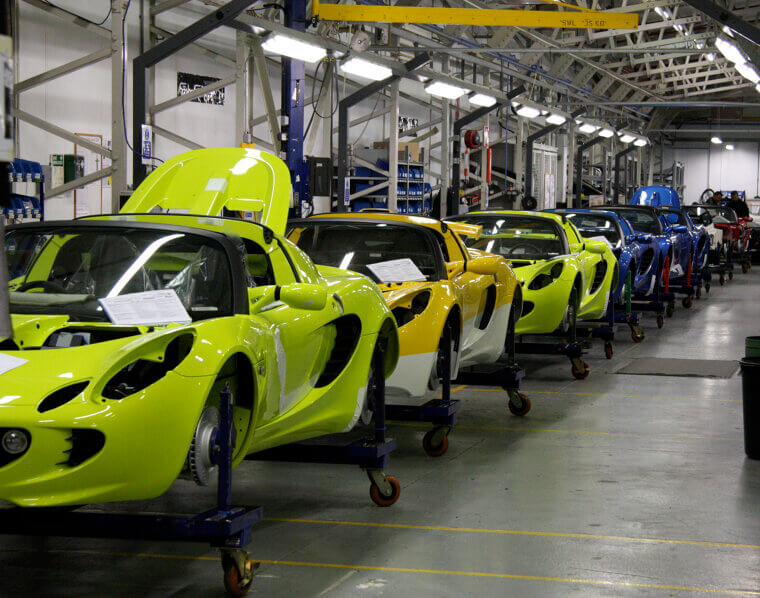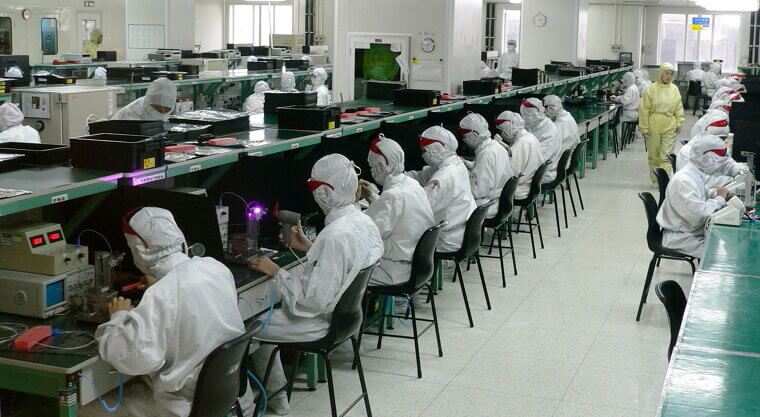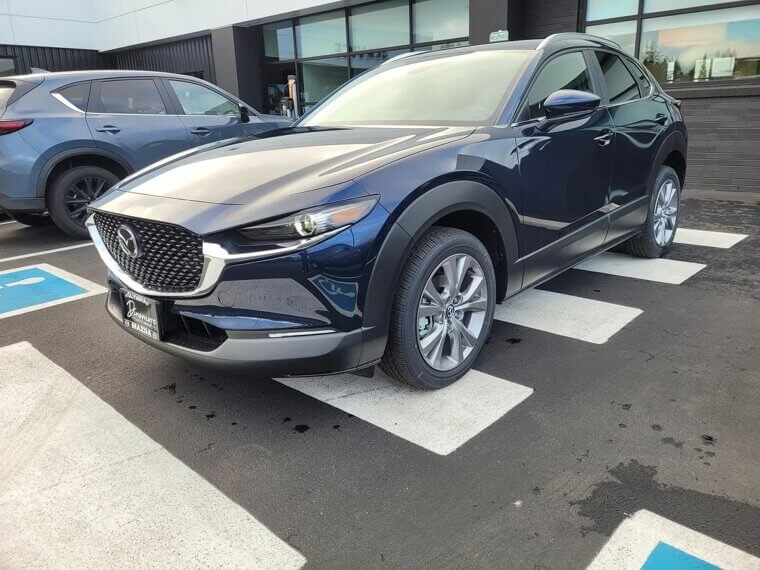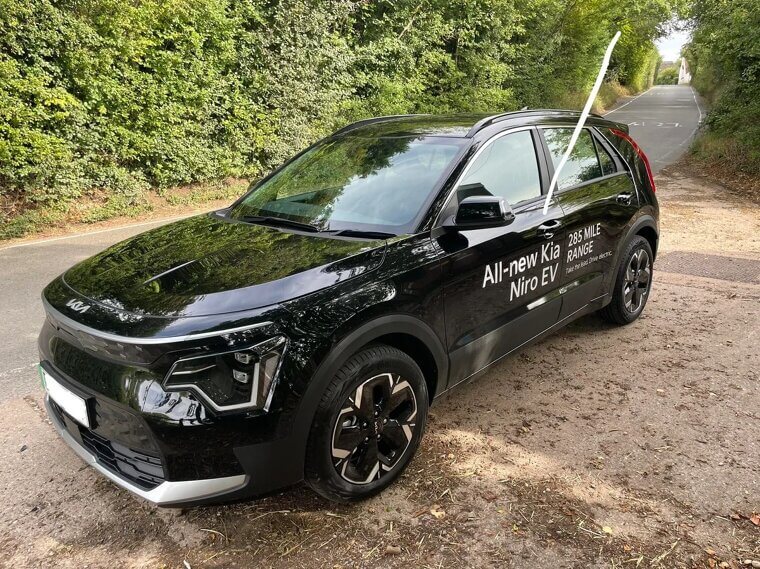New Car Prices Are Set to Be Affected in 2025 Due to Supply Chain Disruptions
In recent years, a wide array of circumstances has pushed the global price of vehicles to a record high. In fact, many people simply can’t afford to invest in new (or even used) cars, as the average price is close to 25% more than last year. Let’s take a closer look at 15 factors that have caused disruptions in new car prices this year.
Tariffs and Trade Policies
One of the main factors affecting the current cost of new cars is the reintroduction of tariffs from countries, including Canada and China, on certain parts. Research shows that the tariffs alone are enough to drive the price of a car up by roughly $12,000.
Economy and Industry Fallout
Due to shortages, production lines are expected to contract drastically in the coming years. For example, vehicle production in the U.S. has decreased by a whopping 5% in 2025 alone, leading to a steep hike in the cost of cars. Younger drivers are also leaning towards rentals, which makes buying a car even more expensive.
Raw Material Inflation
The price of certain raw materials, including steel, aluminum, and lithium, has surged in recent years, mostly due to global mining bottlenecks and geopolitical tensions. This makes it much more expensive to build cars, which obviously affects the overall cost of the vehicle once it is completed.
Battery Supply Constraints
Without sufficient access to the appropriate earth elements, EV production becomes incredibly tricky. Lithium, in particular, is mined for the production of EV batteries. However, due to shortages, the average price of electric models is pushed up drastically, making them completely unaffordable for many people.
Semiconductor Shortages and Production Slowdowns
Even though chip production is on the rise, demand for semiconductors still massively outpaces the supply. This ultimately delays vehicle assembly and further increases the price of vehicles. According to experts, it could take another 2 to 3 years before supply and demand reach equilibrium.
Shipping Delays
Overall, the global shipping market is still on the mend from port congestion and container shortages. This makes it incredibly difficult to transport vehicles to their destination, pushing up the price of new cars even further.
Logistic Costs
Cars shipped from Europe and Asia face more severe logistical problems when compared to other regions of the world. In fact, over the past year, the cost of shipping a single container from these countries has increased by nearly 40%, leading to a sudden surge in car prices.
Labor Shortages
Labor shortages have significantly slowed down production and increased wages, leading to more money going into the production of vehicles. Naturally, this increase has been reflected in the average cost of new vehicles.
Just-In-Time Model Breakdown
Automakers that rely on lean inventory systems have faced severe production delays. This model often results in last-minute sourcing, which further increases the price of the vehicle.
Limited Inventory
Nowadays, dealerships keep fewer vehicles on their lots, which ultimately reduces competition and leads to higher prices. In fact, some models even sell for more than their MSRP.
Feature Deletions and Downgrades
To cope with component shortages, many manufacturers remove certain advanced features. Despite this, the price of the car remains the same, all in an attempt to meet the base production costs.
The Shift to Premium Models
In an effort to make ends meet, many automakers prioritize the production of premium models (as opposed to entry-level ones) that sell for more. This gives customers fewer affordable options and ultimately skews the average price of vehicles upwards.
EV Prices and Domestic Manufacturing
Even though the EV market is on the rise, it has also been affected by these supply disruptions. Batteries for these vehicles are facing export restrictions, which have driven up the average price of an EV. Some automakers, such as Ford and GM, are lobbying for government incentives in an attempt to offset the rising production cost of EVs.
What This Means for Car Buyers
Unfortunately for buyers, these disruptions have resulted in fewer discounts, higher MSRP prices, and significant product delays. To combat this, many dealerships have turned to reservation-based sales models, meaning that customers will have to order their vehicle months in advance of actually receiving it.
The Future
Luckily, it is expected that these supply chain disruptions will start to ease off in the coming years. Long-term structural changes are taking effect, and many automakers are investing in more localized supply chains, ensuring that such shortages will not resurface in the future.

